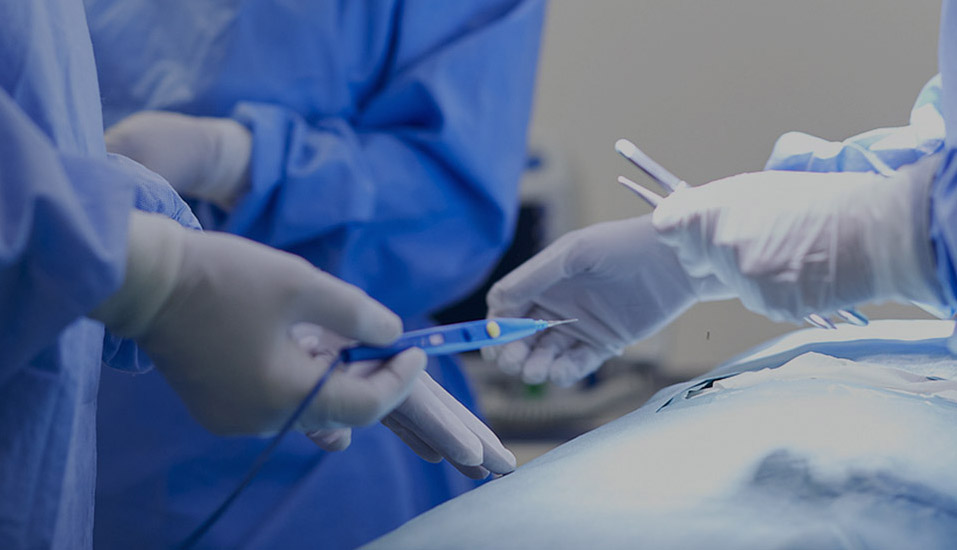
With a building area of 20,310 square metres, the company has a class 100,000 purified production workshop, a class 10,000 microbiology testing room, a local class 100 physical and chemical laboratory, and a standardised storage system for raw materials and finished products.
Since the initial batch of products were launched in 2013, Eray has continuously enriched its product categories. Our products have covered protective masks, nursing consumables, sensory control consumables, surgical instruments, providing safe, efficient and environmentally friendly disposable medical solutions for medical institutions worldwide.
As a professional OEM Instrument Washer Suppliers and ODM Instrument Washer Disinfectors Factory, The company has passed ISO 13485 and other quality system certifications, and some of its products have obtained CE certification and FDA filing permits, and has established long-term cooperative relationships with many domestic and foreign medical institutions and distributors.
-
Nov 25. 2025
How often should a disposable medical mask be changed?As an essential daily protective item, disposable medical masks have become a must-have for many people when going out. However, many people have a common question when using masks: how often should disposable medical masks be changed? Some believe that changing them once a day i...
Read More -
Nov 19. 2025
Can Medical Steam Sterilizers Really Sterilize Thoroughly?Medical steam sterilizers, also known as autoclaves, are among the most commonly used and essential sterilization devices in hospitals, clinics, and laboratories. They use high-temperature saturated steam as the sterilization medium and are widely used for sterilizing surgical in...
Read More -
Nov 12. 2025
What is the function of a medical pouch cutting machine?1. Core Functions and Roles Quickly Open Medical PackagingIn medical settings, a large number of medical devices, dressings, and medications are sealed in sterile plastic or composite bags. Healthcare professionals need to quickly open these packages in emergencies or routine pro...
Read More
Instrument washer-disinfectors utilize a multi-stage programmable control principle, achieving cleaning and disinfection through the synergistic effects of physical and chemical processes. The equipment begins with a pre-rinse, using warm water to rinse visible contaminants from the instrument surface. This is followed by a main rinse, where hot water (typically 45-60°C) containing an enzyme detergent is sprayed to break down organic residues such as proteins. A high-temperature rinse phase uses purified water to remove detergent residue. Finally, the disinfection phase inactivates microorganisms by maintaining the water temperature above 90°C or using a chemical disinfectant. Advanced models also feature a drying program that uses highly filtered hot air to quickly dry instruments.
Modern instrument washer-disinfectors have several outstanding features: an intelligent control system that can store hundreds of cleaning programs and allows for user-interface interaction via a touchscreen; a multi-directional rotating spray arm ensures thorough cleaning; an integrated water treatment system provides purified water that meets standards; a thermal monitoring system that monitors the cleaning temperature of each area in real time; and an environmentally friendly design that ensures efficient use of water and energy. Some high-end models also incorporate quality control systems such as turbidity monitoring and ATP bioluminescence detection to objectively assess cleaning results.
This equipment is widely used for processing medical supplies such as surgical instruments, anesthesia equipment, and respiratory tubes. Its standardized operation not only significantly improves cleaning efficiency but also ensures compliance with cleaning quality standards required by standards such as WS310-2016. Compared to manual cleaning, automated processing eliminates operational variability, better protects device integrity, and reduces worker exposure risks. During epidemic prevention and control efforts, large-capacity washer-disinfectors are able to process large batches of devices more quickly, demonstrating exceptional emergency value.
With the advancement of medical technology, the next generation of washer-disinfectors is evolving towards smarter and more precise features. These innovations will continue to improve the safety and efficiency of medical device processing, providing stronger guarantees for patient safety and healthcare quality.
Maintaining an instrument washer-disinfector is a systematic task, requiring a scientific and standardized daily management process. After each use, drain the chamber promptly. Thoroughly wipe key areas such as the interior walls, door seals, and spray arms with a neutral detergent, paying particular attention to removing residual stains and scale. The spray system is a key maintenance priority. Regularly check the spray holes for blockage and ensure smooth rotation. Clean the filters at the water inlet and outlet to maintain unimpeded water flow. Deep maintenance should be performed monthly. Use a dedicated descaling agent to thoroughly clean areas prone to scale accumulation, such as heating elements and piping. Afterwards, rinse repeatedly with pure water to eliminate chemical residue. Mechanical component maintenance is equally important. Door seals should be coated monthly with medical silicone oil to prevent aging. Moving parts, such as slide rails and hinges, should be regularly inspected and lubricated with food-grade grease. A comprehensive equipment inspection, including leak testing, sensor calibration, and biological monitoring verification, is required to ensure that key parameters such as temperature and pressure are accurate and reliable, and that sterilization efficacy meets the standard requirement of ≥99.9%. Before the equipment is out of use for a long time, all water tanks and pipes must be drained and dust-proofed. When it is reactivated, a no-load test must be performed first. It is crucial to establish a complete maintenance file, and detailed records must be kept of each cleaning, calibration, and repair. At the same time, operators must receive regular professional training to enable them to master the correct usage methods and basic troubleshooting skills. Troubleshooting skills for complex problems. When encountering complex problems, professional maintenance personnel should be contacted in a timely manner, and self-disassembly should be avoided. Through standardized maintenance management, not only can the service life of the equipment be extended by 3-5 years, but it can also ensure the continuous provision of safe and reliable cleaning and disinfection services, providing a solid guarantee for medical quality and safety.



 English
English Español
Español Français
Français

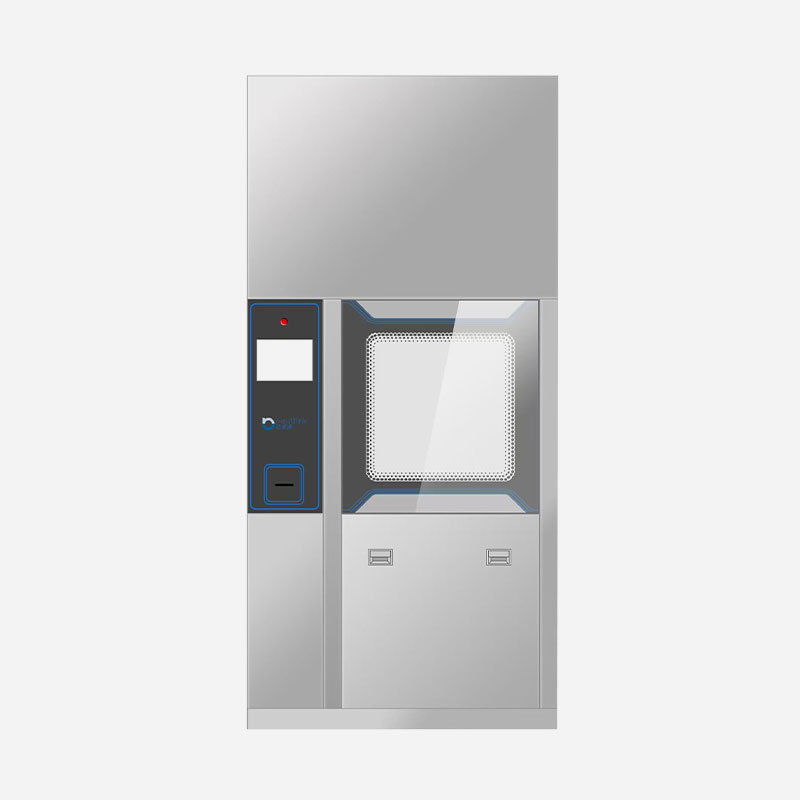

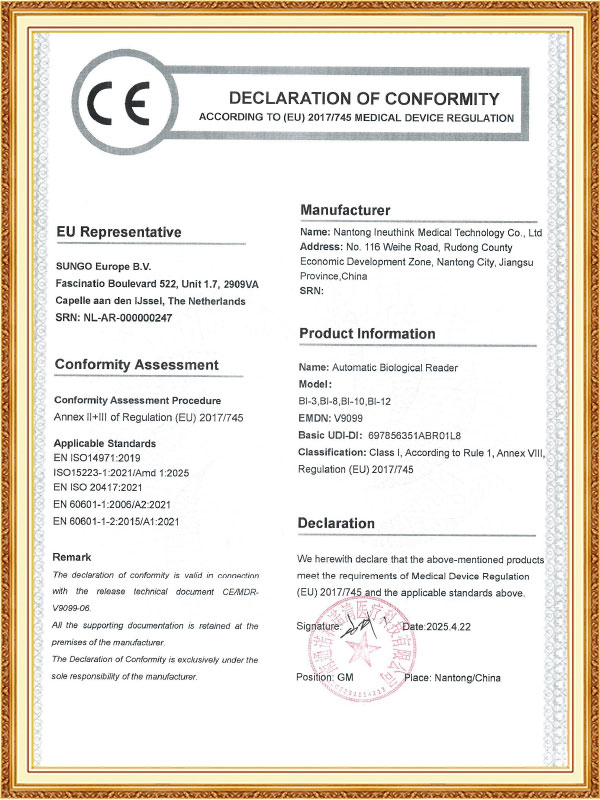
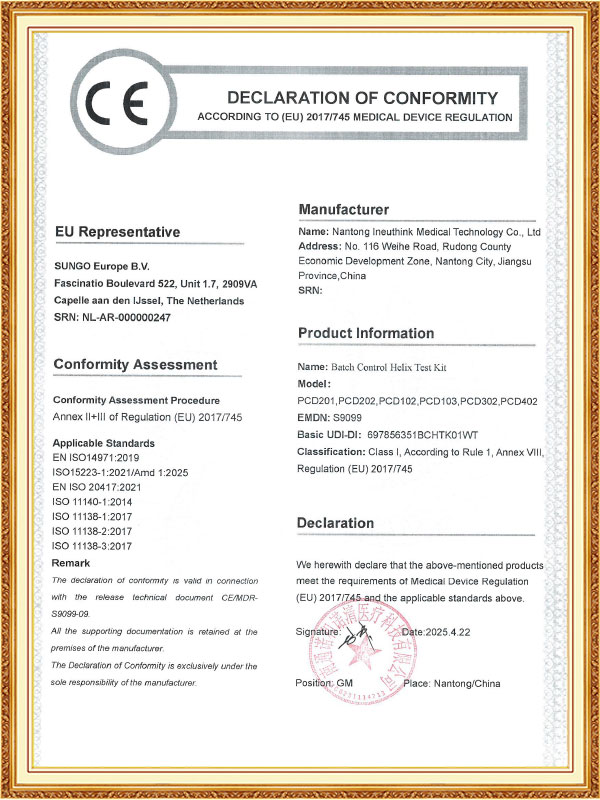
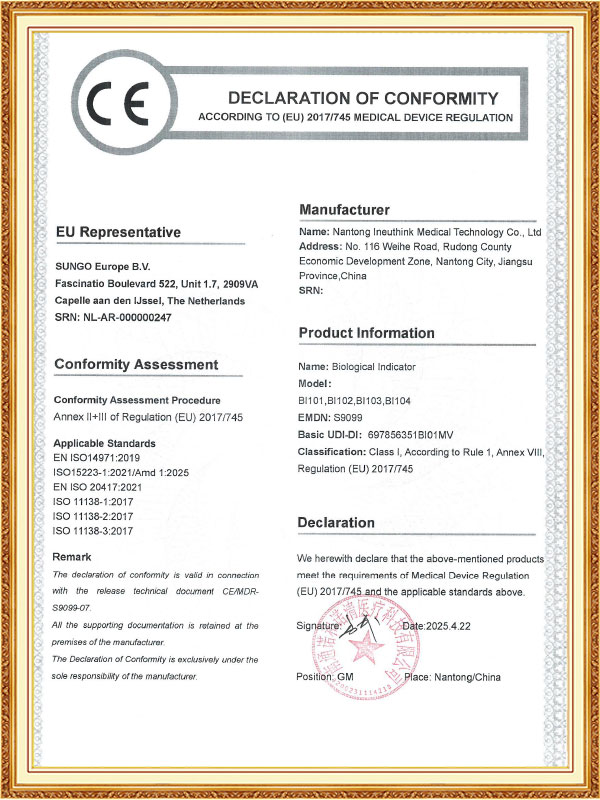
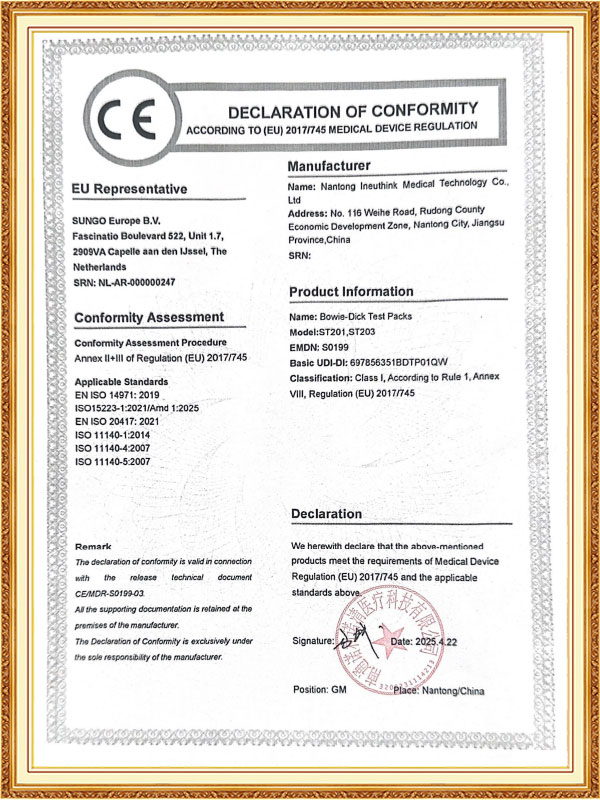
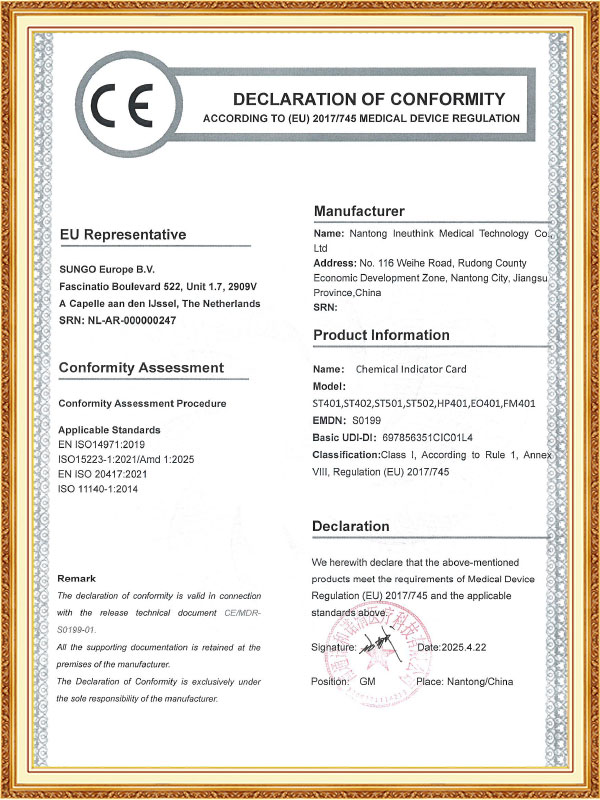
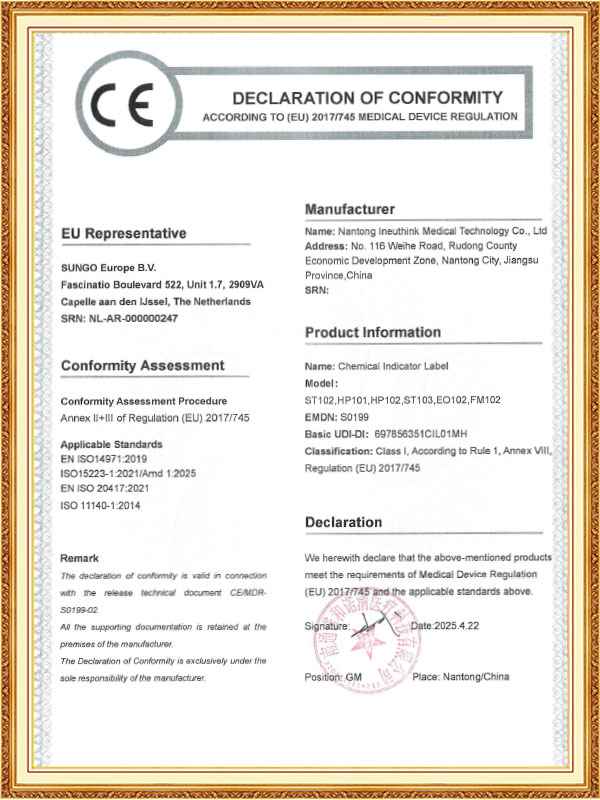
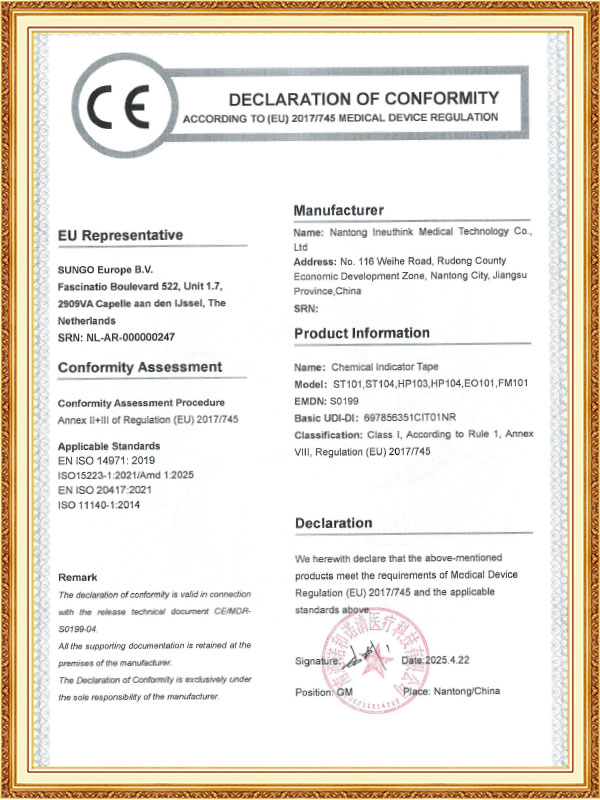
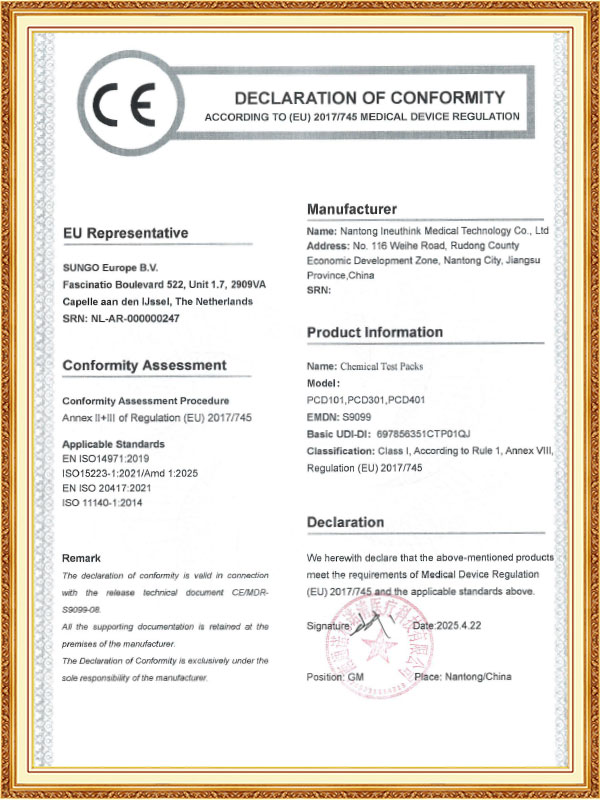
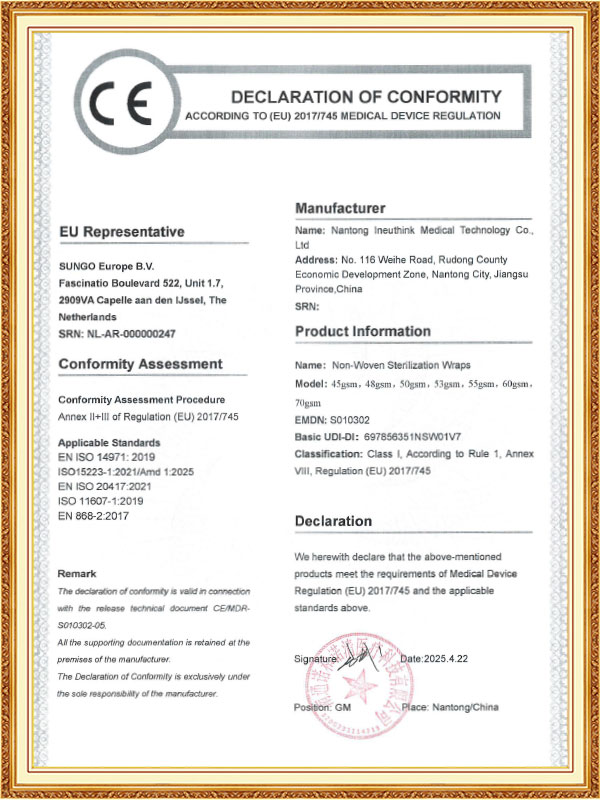







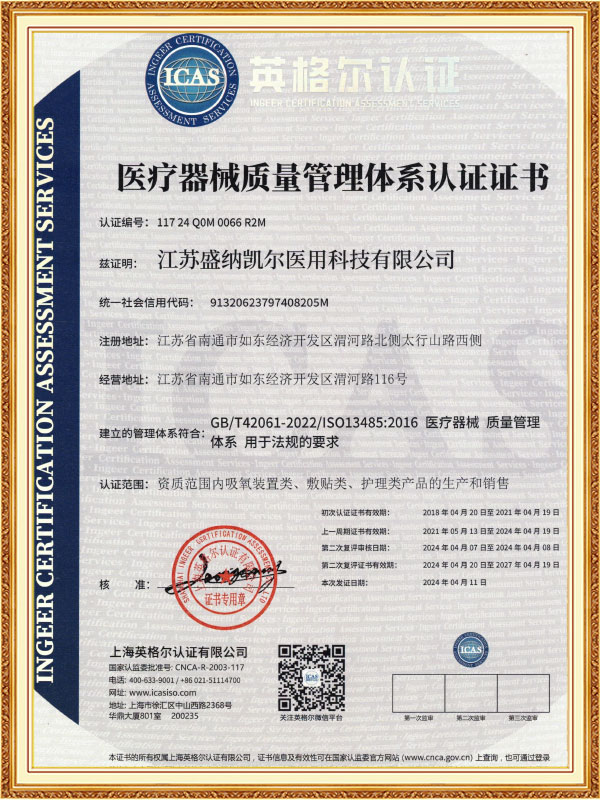
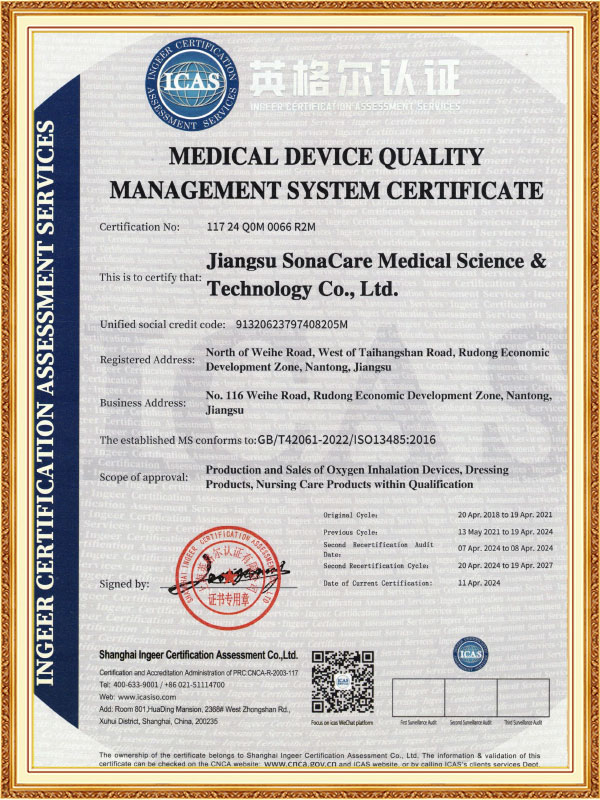



 CONTACT US
CONTACT US